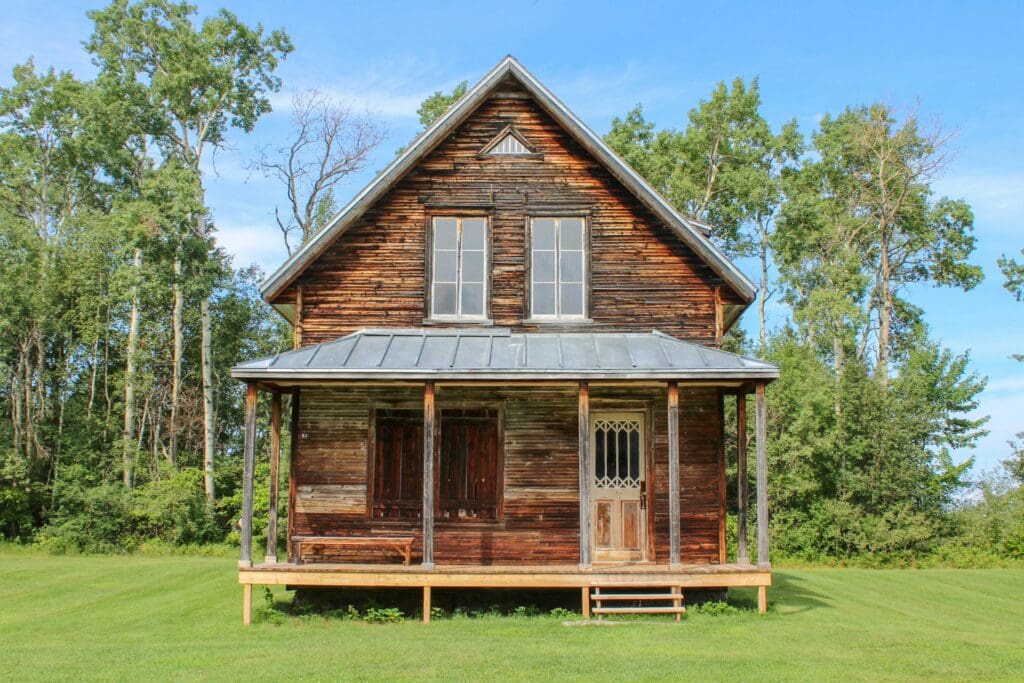
In the diverse climate of Reno & Truckee, maintaining the structural integrity of homes is a pivotal concern for homeowners. Among the myriad of threats that compromise the longevity and safety of residences, wood decay stands out as a particularly insidious foe. Dry rot and wet rot are two major culprits behind the deterioration of wood structures in homes, posing significant risks that demand awareness and early intervention. These forms of wood decay not only threaten the aesthetic appeal of homes but, more critically, their structural stability.
Understanding the biological nuances of dry rot and wet rot is essential for homeowners to effectively safeguard their properties. Dry rot, scientifically known as Serpula lacrymans, is particularly notorious for its ability to spread beyond the initial source of moisture through masonry and other building materials, targeting and decaying structural timbers. Contrarily, wet rot, caused by a variety of fungal species, thrives in conditions of persistently high moisture and typically results in more localized damage to wood. While both conditions are fueled by moisture, they differ markedly in their growth conditions and the breadth of their impact.
The early detection of dry rot and wet rot hinges on recognizing their distinct visual and olfactory indicators. Dry rot is characterized by deep cracking within the wood, a powdery texture, and a musty smell, signaling extensive damage beneath the surface. On the other hand, wet rot manifests through a spongy texture and a darker appearance of the affected wood, often accompanied by a damp, musty odor. Early identification of these signs is crucial to mitigating the extensive damage these conditions can cause.
The ramifications of unchecked wood rot, whether dry or wet, are profound. Dry rot is particularly dangerous due to its ability to propagate through structures, silently compromising the integrity of a home from within. Wet rot, while more contained, can weaken the structural components it infests, posing significant safety hazards over time. The costs associated with repairing the damage from either form of rot can be substantial, emphasizing the need for prompt and effective intervention.
Given the nuanced differences between dry rot and wet rot, accurate diagnosis is imperative for effective treatment. Professional assessment by experts, such as those at B&T Construction, plays a pivotal role in identifying the specific type of rot and determining the most appropriate remediation strategy for dry rot in Reno & Truckee. Their expertise ensures that treatments are not only effective but also cost-efficient, addressing the root cause of the decay to prevent future occurrences.
The battle against wood decay in homes, particularly against dry rot and wet rot, underscores the importance of vigilance and professional involvement. Understanding the distinctions between these conditions, recognizing their signs, and appreciating the potential impact on homes are crucial steps for homeowners. By taking proactive measures and seeking the expertise of professionals like B&T Construction, homeowners can protect their properties from the significant risks posed by wood rot, ensuring their safety and structural integrity for years to come.